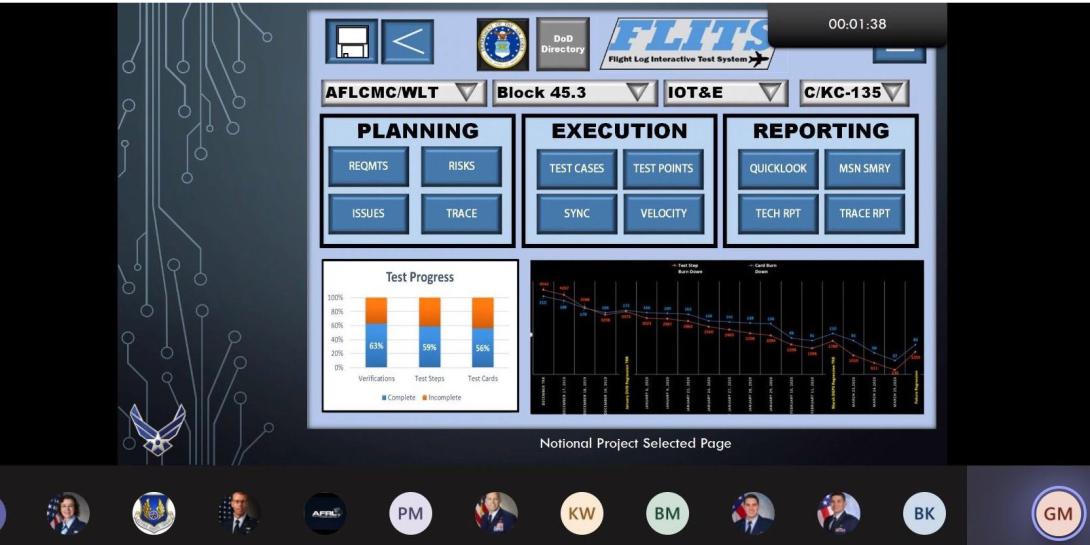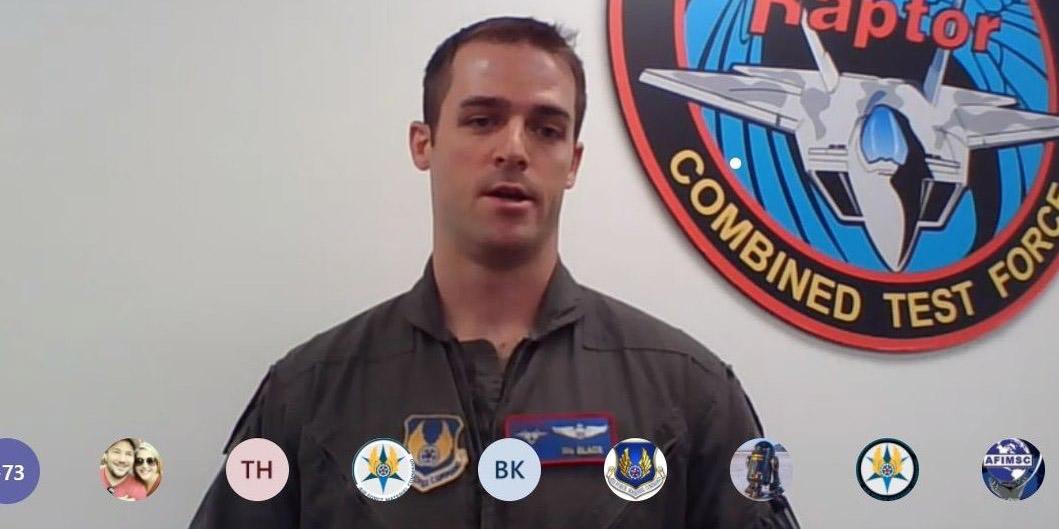AFMC Spark Tank Finalists Advance Functionality
The U.S. Air Force’s Material Command, or AFMC, will pursue several new innovative efforts across open architecture for fighter jets, digital administration forms, flight testing and medical field operations. The command, led by Gen. Arnold Bunch, USAF, announced its 2022 Spark Tank winners in an October 12 release. AFMC leaders selected five semifinalists out of 97 submissions in the competition; last week the semifinalists presented their solutions to leaders during the command’s fall Senior Leader Conference.
“Our AFMC airmen continue to think outside-of-the-box to find ways to do things better despite the challenges of working in a COVID environment,” said Bethany Weiser, 2022 AFMC Spark Tank coordinator and member of the commander’s Accelerated Initiatives Office. “In addition to the five semifinalists who [presented] their ideas to our senior leadership, we received a number of additional submissions that we plan to work outside of the competition. Our military and civilian airmen are helping build the AFMC and Air Force we need for the future.”
The AFMC’s two top submissions, which will advance to the full service-level competition later this year, included solutions for flight testing systems and leveraging the F-22’s new open architecture:
- The Flight Log Interactive Test System was submitted by Gregory Monroe, Air Force Lifecycle and Management Center, as an idea to “combat controlled chaos,” through a web-based system that would provide coordinated test planning and reduce redundant testing. “This would be a global effort and planned across geographically-dispersed teams,” the command indicated. “With acquisitions and new technology changing rapidly, this will positively combat how systems are planned, executed and reported within the Department of Defense.”
- The F-22 Open Systems Architecture Rack, submitted by pilot Maj. Allen Black, USAF, Air Force Test Center, focuses on employing the recently upgraded F-22 open architecture rack and partnering with the F-35’s so-called FoX Table effort to enable interoperability between the two systems and airframes. “DoD [Department of Defense] weapon systems’ software acquisitions must change if we are to remain competitive in a great power conflict,” Black said. “This includes portable software, cyber tools and widespread integration.”
In addition, the command will purse the three other ideas through its own internal funding. Those solutions included:
- Part Supply Technicians Integration, submitted by Jason Davis, Air Force Sustainment Center, would use a smart device with integrated QR codes instead of bar codes, allowing part supply coordinators to get real-time updates across their asset supplies.
- Ground Surgical Team Tactical Anesthesia Workstation, submitted by Maj. Thomas Heering, USAF, Air Force Research Laboratory, aims to support surgical teams in mobile or deployed environments. The workstation would enable the medical teams to secure vital equipment in the field with similar safety systems in place at garrison hospitals.
- Forms 202 and 107 Technical Assistance Request (TAR) Consolidation, submitted by Zach Pickard, Air Force Materiel Command Headquarters, would integrate key technical assistance forms into a single request form, leverage an automated system, and allow any field or depot maintenance organization to use the improvements.
The command encourages warfighters to continue to submit innovative solutions online, year-round, through its AFMC We Need program. For more information, visit https://www.afmc.af.mil/About-Us/AFMCweNeed/.






Comments